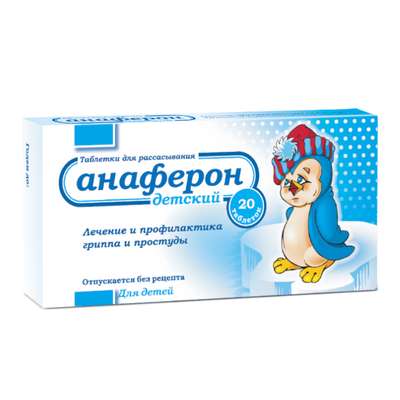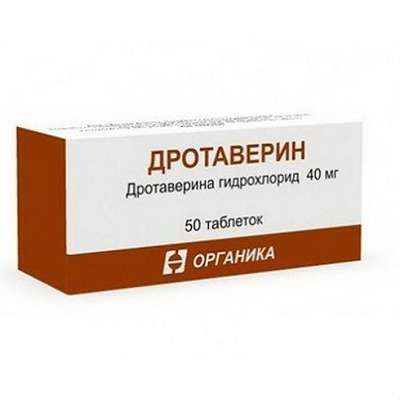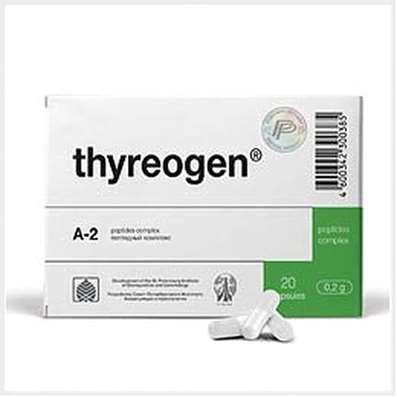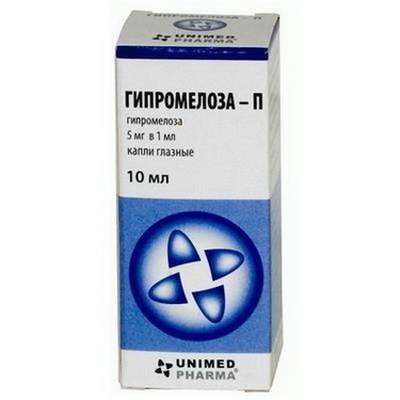Instruction for use: Batroxobin
I want this, give me price
Trade name of the drug – Batroxobin, Tobarpin
The Latin name of the substance Batroxobin
Batroxobinum (genus. Batroxobini)
Pharmacological group:
Coagulants (including coagulation factors), hemostatics
The nosological classification (ICD-10)
H91 Other hearing loss: Age-related vascular hearing loss; Age-related vascular drop in hearing; Age-related hearing impairment; Idiopathic hearing loss; Decreased acuity of hearing; Hearing loss; Deteriorating hearing of vascular or toxic origin; Perceptual hearing loss
I64 Unspecified Stroke as a bleeding or heart attack: Primary stroke; Stroke; Stroke in the course of; microstroke; stroke; The completed stroke
I73.9 Peripheral vascular disease, unspecified: angiospasm; Vasospasm / vasoconstriction; vasospastic disorders; Violation of venous microcirculation; Violation of circulation; Violation of peripheral blood circulation; Lack of peripheral blood circulation in the lower and upper limbs; Peripheral arterial occlusive disease; Peripheral arterial occlusive disease in stages III-IV on Fontaine; Peripheral vascular insufficiency; Peripheral vascular lesions; Peripheral vascular disorders; Peripheral circulatory disorder; spasm of artery; angiospasm; Functional peripheral arterial disease; Chronic occlusive disease; Chronic obliterating diseases of the lower limbs; Chronic arterial occlusive disease
I79.8 Other disorders of arteries, arterioles and capillaries in diseases classified elsewhere: Atherosclerotic occlusive lesions of peripheral arteries; Disturbances of microcirculation; Disorders of microcirculation; Obstruction in the coronary circulation system
T75.2 Exposure to vibration
CAS code
9039-61-6
Characteristics of the substance Batroxobin
A thrombin-like enzyme from the poison of Bothrops atrox (Linn.) Is a rattlesnake that inhabits parts of South and Central America.
Model clinical-pharmacological article 1
Pharmacotherapy. Monomolecular thrombolytic drug, reduces the content of fibrinogen, the viscosity of blood, improves blood flow to tissues and organs.
Indication. Stroke acute, ischemic syndrome on the background of obliterating atherosclerosis, violations of peripheral circulation and microcirculation (including acute sensorineural hearing loss, vibration disease).
Contraindications. Hypersensitivity (including history), tendency to bleeding (concentration of fibrinogen below 1 g / l), peptic ulcer of stomach and duodenum (exacerbation), hemorrhagic stroke (including suspicion of it), concomitant therapy with anticoagulants And thrombolytic drugs, postoperative period; Severe hepatic and / or renal failure, rupture of papillary muscles and perforation of the interventricular septum of the heart, cardiogenic shock, multiple organ failure, surgical interventions and invasive procedures and diagnostic methods (including blockage of stellate nodules, puncture of arteries and deep veins, extraction of teeth ), Children's age (safety and efficacy not studied).
Carefully. Peptic ulcer of stomach or duodenum (in the anamnesis), cerebrovascular diseases (in the anamnesis), elderly age (over 70 years), propensity to allergic reactions, pregnancy, lactation.
Dosing. IV by drop infusion. In acute cerebral infarction - 20 units for the first 24 hours or 10 units at 24 hours after the onset of the disease, the maintenance dose (according to the patient's condition) is usually 5-10 ED every other day, only 3 injections per course. If necessary, the course can be repeated.
In chronic ischemic disorders and microcirculation disorders, the initial dose is 10 units, supporting - 5 units a day; It is recommended to hold 3-6 courses.
Before administration, the drug is diluted in 100 ml of a 0.9% NaCl solution. The duration of the infusion should be at least 1 hour.
Side effect. Headache, dizziness, tinnitus, skin rash, fever; Sometimes - local bleeding or mild echymosis at the injection site, rarely - epistaxis, nausea, vomiting, unpleasant sensations in the epigastric region, increased activity of "liver" transaminases, blood urea level, C-reactive protein in the blood, positive reaction to latent blood in the Urine, anaphylactic shock.
Special instructions. During treatment, the level of fibrinogen in the blood should be constantly monitored and clinical monitoring of the patients should be carried out. If, after a single injection of the drug, the concentration of fibrinogen is below 1 g / l or there is bleeding or suspicion during treatment, the drug is canceled and haemostatic measures are performed.
At the site of puncture of small and superficial veins, a tight bandage should be applied.
In case of need for surgical interventions (including extraction of the tooth), doctors should be informed about the use of the drug.
During treatment, patients should especially avoid damage to the skin and injuries.

 Cart
Cart





